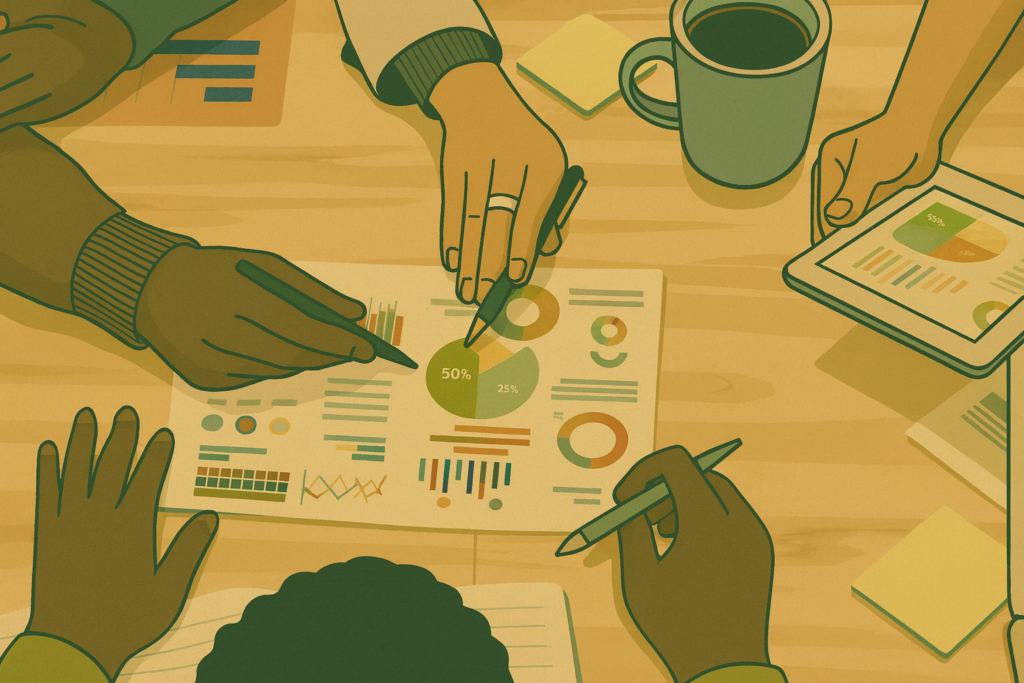
Modern Planned Giving: How Digital Tools Are Transforming Nonprofit Fundraising
Planned giving doesn’t have to be complicated, but for many nonprofits, it still feels that way. For years, legacy gifts have depended on personal outreach, mailers, and in-person events to keep donors engaged. That approach worked for a while, but times are changing.







